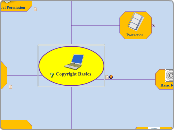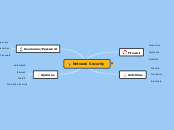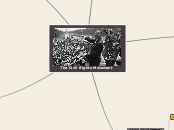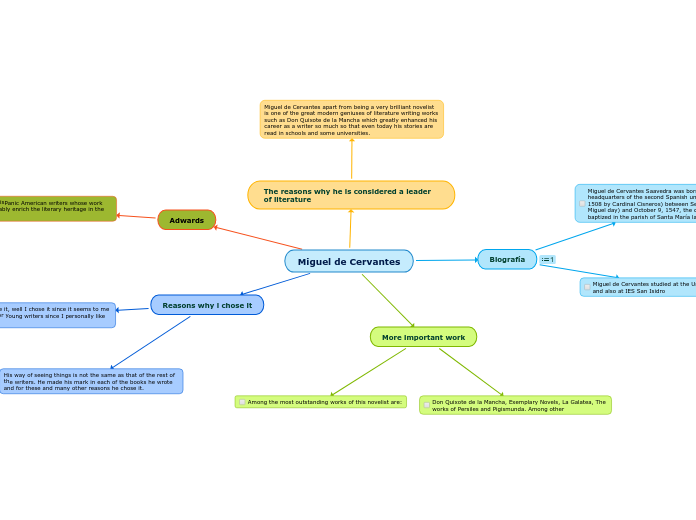Copyright Basics
The following information is provided from the U.S. Copyright Office website, a publicly available source at http://www.copyright.gov/
Questions and Restrictions for Fair Use
Will the use go beyond the fair use?
Is the expression/rendering protected by copyright?
Will the expression by the author/creator be used?
Fair Use
Fair use is a doctrine in United States copyright law that allows limited use of copyrighted material without requiring permission from the rights holders, such as use for scholarship or review.
Fair Use and Teachers
Fair use allows use of copyrighted materials for educational purposes such as criticism, comment, news reporting, teaching, scholarship, and research.
4) the monetary effect of the use
(3) the amount and substantiality of the portion used
(2) the nature of the copyrighted work
(1) the purpose and character of the use
Without Permission
Under the fair use doctrine of the U.S. copyright statute, it is permissible to use limited portions of a work including quotes, for purposes such as commentary, criticism, news reporting, and scholarly reports. There are no legal rules permitting the use of a specific number of words, a certain number of musical notes, or percentage of a work. Whether a particular use qualifies as fair use depends on all the circumstances. Fair use is almost always attributed.
Copyright does not prohibit all copying or replication. In the United States, the fair use doctrine, codified as 17 U.S.C. Section 107, permits some copying and distribution without permission of the copyright holder. The statute does not clearly define fair use, but instead give four non-exclusive factors to consider in a fair use analysis.
Permission
You can ask for it. If you know who the copyright owner is, you may contact the owner directly. When it is impracticable to obtain permission, use of copyrighted material should be avoided unless the doctrine of “fair use” would clearly apply to the situation. The Copyright Office can neither determine if a certain use may be considered “fair” nor advise on possible copyright violations. If there is any doubt, it is advisable to consult DoDEA’s Office of General Counsel.
Source:
http://www.copyright.gov/
Certain Conditions
fair use
legal exception
permission
public domain
Basic Rights
6. perform the copyrighted work publicly
5. display the copyrighted work publicly
4. perform the copyrighted work publicly
audiovisual works
motion pictures
pantomimes
choreographic works
music
literature
3. distribute copies
2. prepare derivative works
1. reproduce the copyrighted work
Protection
(8) architectural works
(7) sound recordings
(6) motion pictures and other audiovisual works
(5) pictorial, graphic, and sculptural works
(4) pantomimes and choreographic works
(3) dramatic works, including any accompanying music
(2) musical works, including any accompanying words
(1) literary works
Definition
Copyright is a form of protection grounded in the U.S. Constitution and granted by law for original works of authorship fixed in a tangible medium of expression. Copyright covers both published and unpublished works.
The link is to a video on TeacherTube. It is awesome! This is a GREAT way to teach copyright to adults and kids! This is extremely creative!









